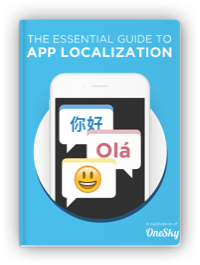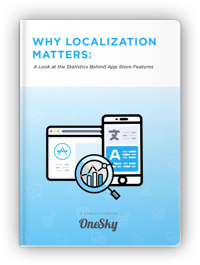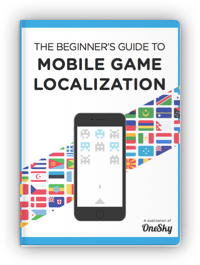Best practices for localizing product launch campaigns
Picture your product launch as a rocket poised on the launchpad. The countdown is ticking, the engines are rumbling, and global anticipation is rising by the second. But if your messaging doesn’t resonate with every local market—like a missing fuel line—the whole mission could fail before it even lifts off. Today, a single product launch can soar – or sputter – across cultures. You can spend millions on a launch campaign only to discover through viral social media posts that your slogan is laughable – or even worse, offensive in a key market. Localization missteps aren’t simple blunders. Instead, they’re major challenges that can take a bite out of your annual revenue. That’s why a well-orchestrated localization strategy, backed by cultural insight, cutting-edge technology, and localization tips for marketers, is the rocket fuel your brand needs to achieve true marketing success.
The Challenge
Launching a product across multiple markets requires more than direct translation. You need to align your brand’s messaging with local cultures, languages, norms, and buying behaviors—making localization an ongoing, strategic process rather than a last-minute fix.
Without adequate planning, organizations risk confusion, cultural blunders, and alienated customers. In this blog, we’ll share localization tips for marketers that can turn localization into a competitive advantage that resonates in every market you serve.
Ready for lift-off?
1. Understand Your Market’s Culture
“Customers expect local ads,” says Katie Mcraith, the digital marketing manager at Discovery Parks. But how do you create ads (and product launches) that feel authentic?
One of the most critical localization tips for marketers is to go beyond language translation and dive deep into cultural nuances. According to research by CSA Research, 75% of consumers prefer to buy products in their native language, while 60% rarely or never buy from English-only websites. Beyond literal language barriers, you must also consider norms, values, and traditions.
- Recognize cultural symbols: Colors, visuals, and even typography can hold specific meaning in different cultures. For instance, white is often associated with purity in Western cultures but can symbolize mourning in parts of East Asia.
- Translate context, not just words: Slang, idioms, and even humor often fail to cross cultural lines if translated verbatim. Localize the essence of the message to preserve brand voice.
- Localize the numbers, too: According to Google Insights, 57% of people say currency is more important than language. No one wants to be doing currency conversion in their head. Thus, ensure your website and apps are adapted to local prices, too.
- Develop a comprehensive localization checklist: Before initiating your campaign, outline the cultural, linguistic, and technical considerations unique to each market. This checklist (a key localization tip for marketers) should include everything from spelling conventions and date formats to local holidays and legal requirements.
2. Embrace “Localization First”
Only 1.5 billion people speak English either natively or as a second language. That leaves 6.5 billion people you may be missing out on. Thus, localization shouldn’t be an afterthought; instead, it should be baked in your marketing strategy from the ground up. This helps prevent expensive rework, brand inconsistencies, and potential cultural faux pas.
- Collaborate with local experts: Teaming up with in-market agencies, translators, and cultural consultants is paramount. They’re intimately familiar with local customs and can give you direct insights into what resonates (and what doesn’t) in a particular region.
Create a localization map or project management tool: Keep tabs on all the moving parts—languages, deadlines, stakeholder approvals, brand assets—to reduce chaos. You might use a cloud-based system to manage translation memory, brand glossaries, and local style guides. Other benefits of a cloud-based system include security, speed, and real-time collaboration.
Case Study: Airbnb’s “Belong Anywhere” Campaign
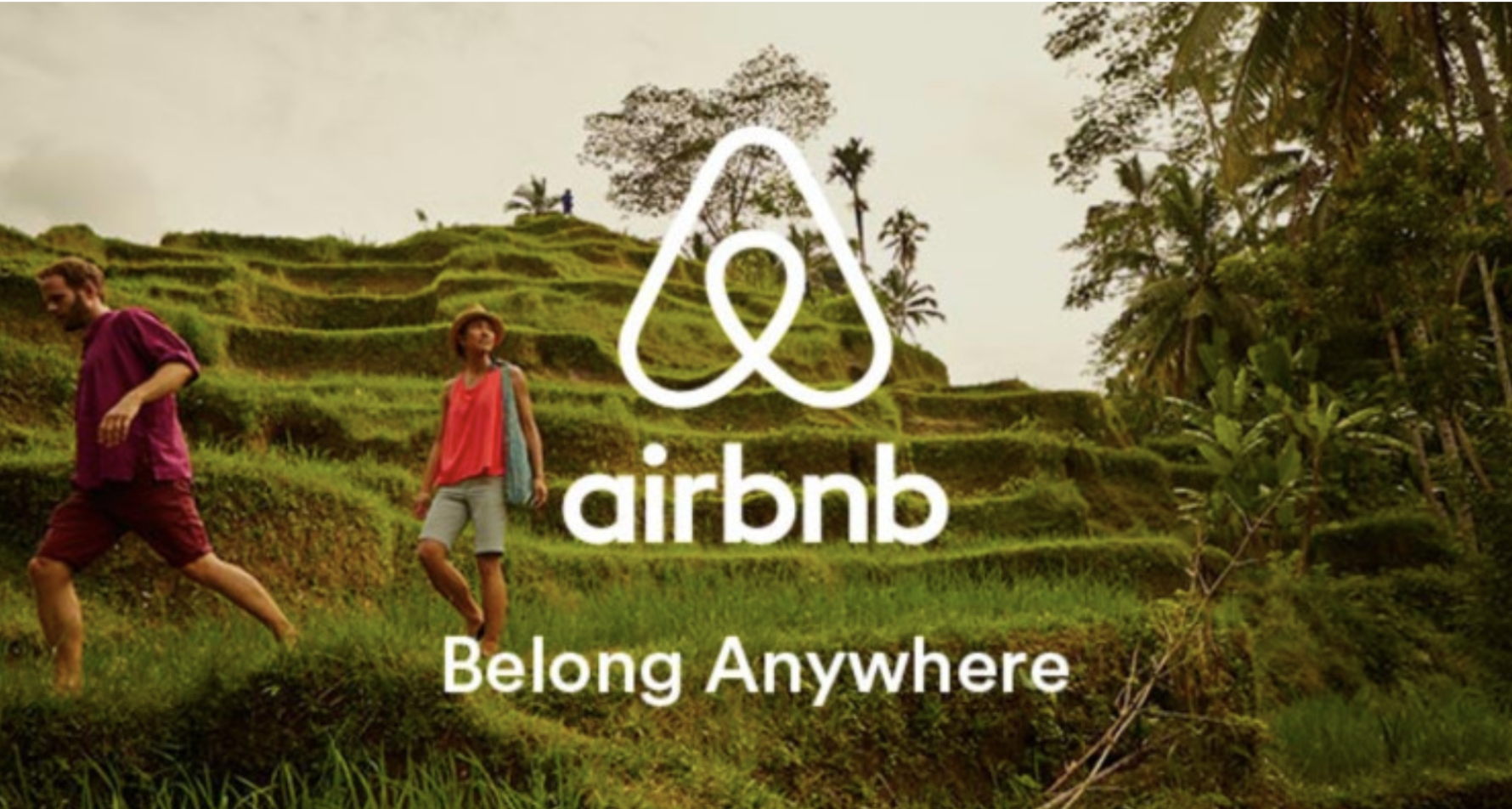 When Airbnb rolled out their “Belong Anywhere” global campaign, they adjusted imagery, voice, and cultural references to match local contexts—focusing on community and belonging rather than “renting a room.” The brand engaged local photographers, translators, and ambassadors in each market to ensure the imagery and tone fit the cultural fabric.
When Airbnb rolled out their “Belong Anywhere” global campaign, they adjusted imagery, voice, and cultural references to match local contexts—focusing on community and belonging rather than “renting a room.” The brand engaged local photographers, translators, and ambassadors in each market to ensure the imagery and tone fit the cultural fabric.
The result: a unifying global slogan that felt personal and relevant everywhere it launched. But AirBnB’s felt the revenue impact as well. After the launch, and in the midst of the pandemic, AirBnb’s YoY growth was up 37% compared to their competitors.
3. Leverage AI-Driven Tools
Technology is revolutionizing localization. AI-driven translation and localization tools can expedite time to market, reduce costs, and ease the burden on human translators. However, the ideal approach typically combines machine translation first with human post-editing for precision and cultural nuance.
- Save costs and accelerate launches: Automated translation engines can handle large volumes of text quickly, significantly reducing time to market. This is especially beneficial for dynamic content such as social media posts, product descriptions, or FAQ sections.
- Post-editing for cultural accuracy: Human linguists can refine machine-translated content to ensure it feels natural and aligns with local tastes. This “best of both worlds” approach is more cost-effective than fully manual translation while achieving a high level of quality.
- OneSky.ai offers human touch and translation tech: For instance, OneSky CoFluent AI uses AI to streamline translation while maintaining brand consistency across markets. By automating repetitive tasks and maintaining a robust translation memory, businesses now have the flexibility to focus more on strategic and creative aspects of global marketing.
4. Test and Validate Your Localization Strategy
Even the best local messaging can fall flat if not tested. A robust feedback loop can save you from costly post-launch changes.
- A/B testing in local markets: Run two versions of your ad copy, landing page, or promotional email to see which performs better. In many cases, subtle differences in language, color, or even imagery can drastically impact conversion rates.
- Leverage focus groups and custom surveys: Gather qualitative insights on how local consumers perceive your brand message. Are there cultural references that don’t resonate or might be misunderstood? For best practices on how to run a focus group and more localization tips for marketers, check out MailChimp’s blog here.
- Social listening and website analytics: Monitor discussions on social media and track user behavior across localized pages. High bounce rates or negative comments might point to a mismatch in localized messaging.
5. Ensure Multichannel Consistency
Modern product launches span multiple channels: social media, email campaigns, landing pages, in-store promotions, and more. Inconsistent messaging from one channel to another can confuse customers and weaken your brand image.
- Maintain a unified brand voice: Create a style and tone guide specific to each market. Use this guide to ensure brand consistency across platforms.
- Deploy a Translation Management System (TMS): A Translation Management System centralizes all your localization assets—glossaries, style guides, translation memories—so that your team can quickly access and reuse them, regardless of channel or project phase.
- Coordinate with local teams: Consistency isn’t about imposing a
one-size-fits-all approach. Collaborate with your local marketing teams to incorporate regional nuance while retaining the overarching brand identity. This is a cornerstone of localization tips for marketers.
Localizing a product launch campaign involves more than simply translating your existing marketing copy. It’s a blend of localization tips for marketers, cutting-edge tools, and thoughtful planning.
By implementing a localization first strategy from the planning stages—and leveraging AI-driven translation, systematic testing, and consistent brand messaging—you significantly increase your chances of global success. If anything, remember these 4 key localization tips for marketers:
- Culture-first approach: Root your campaign in cultural research and insights for maximum resonance.
- Streamlined technology and processes: Use AI tools for speed and cost-efficiency, but pair them with human expertise for top-notch quality.
- Validation and feedback loops: A/B testing, social listening, and focus groups can alert you to hidden pitfalls and amplify winning strategies.
- Consistency across channels: A unified brand voice supported by robust style guides and translation management systems ensures customers recognize your brand, no matter where they interact with it.
Ready to take your next global product launch to new heights?
Don’t leave localization to chance. OneSky offers a powerful AI-driven translation and localization platform that helps marketers launch quickly, manage consistency, and stay culturally relevant—no matter how many markets you serve.
Harness the power of streamlined workflows, robust translation memory, and expert post-editing services all from one single command center. With OneSky.ai, your global marketing strategy will soar. Request your demo below.

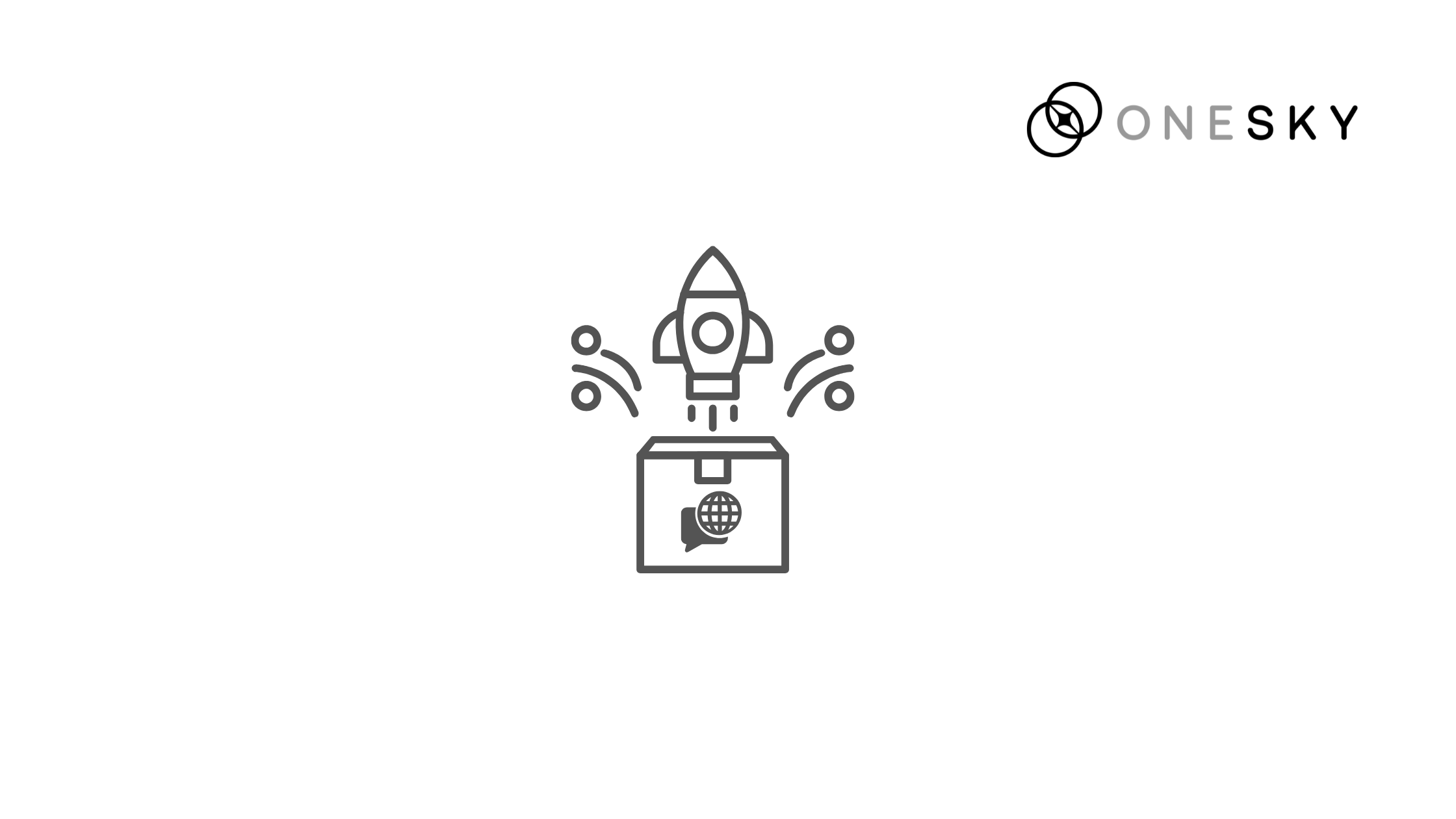
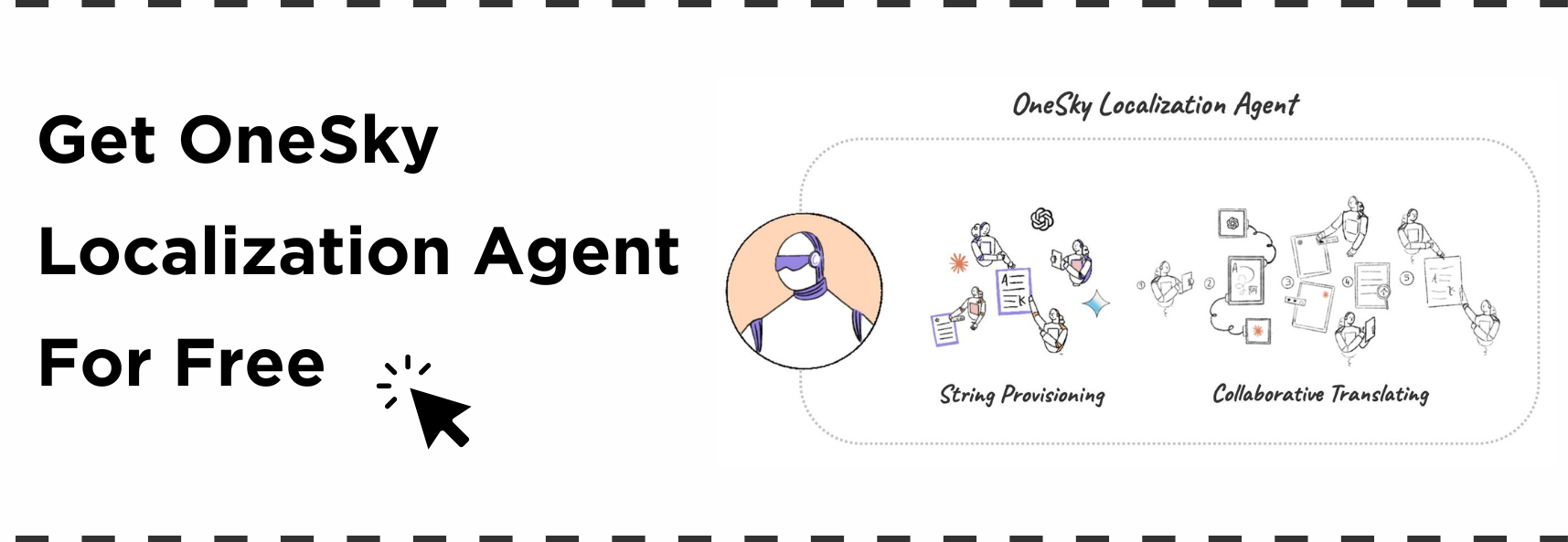

 Written by -
Written by - 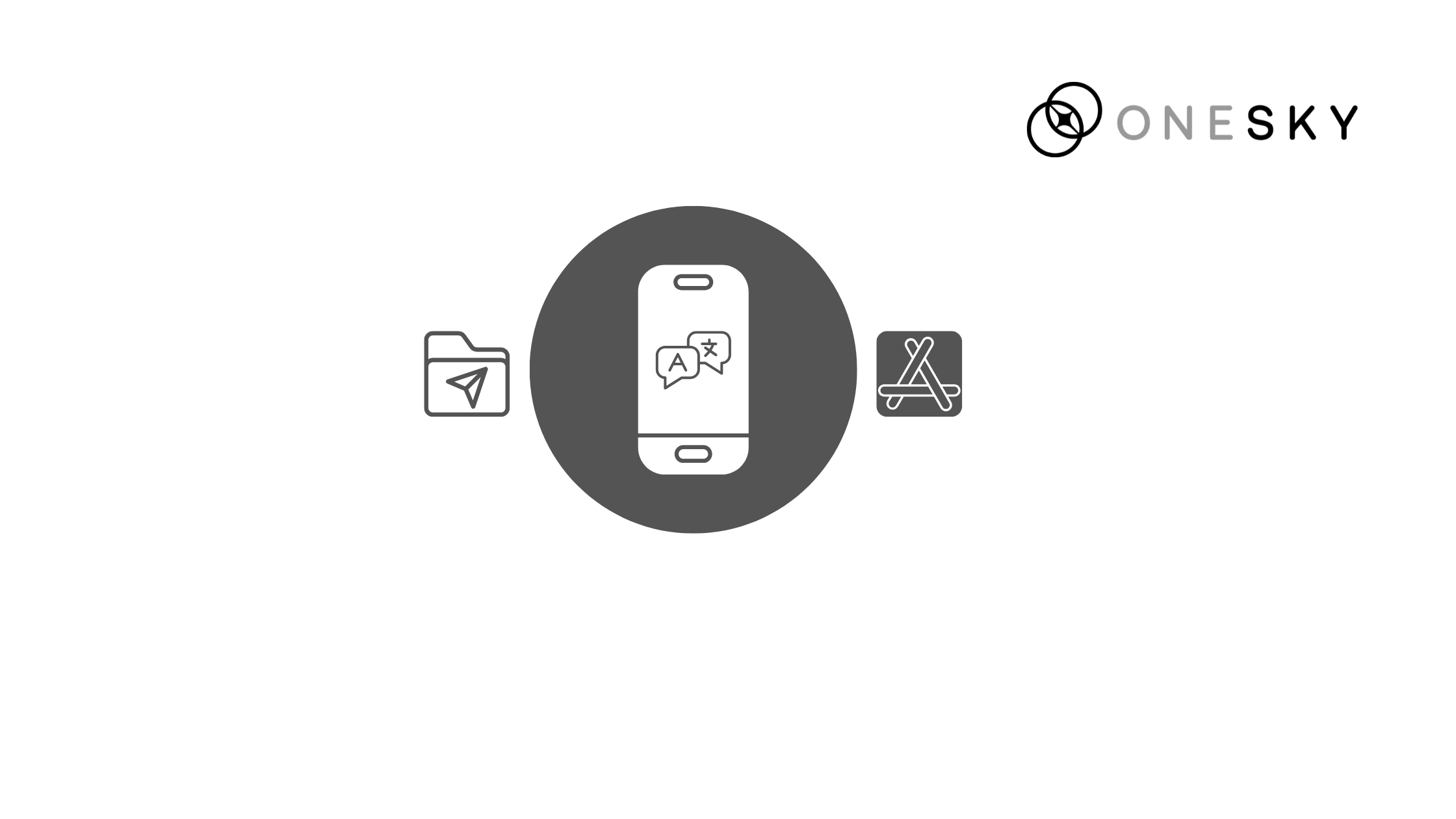


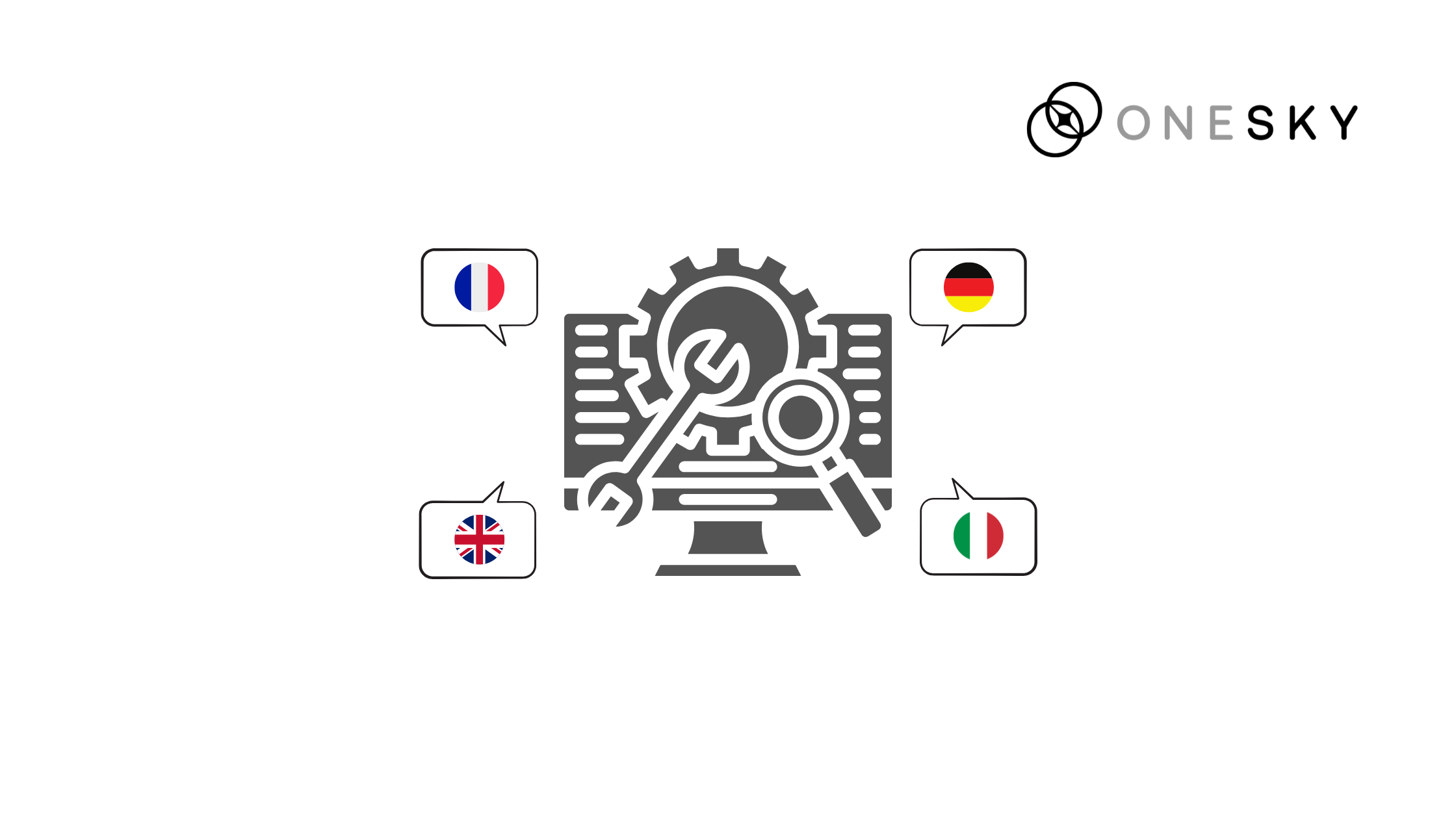
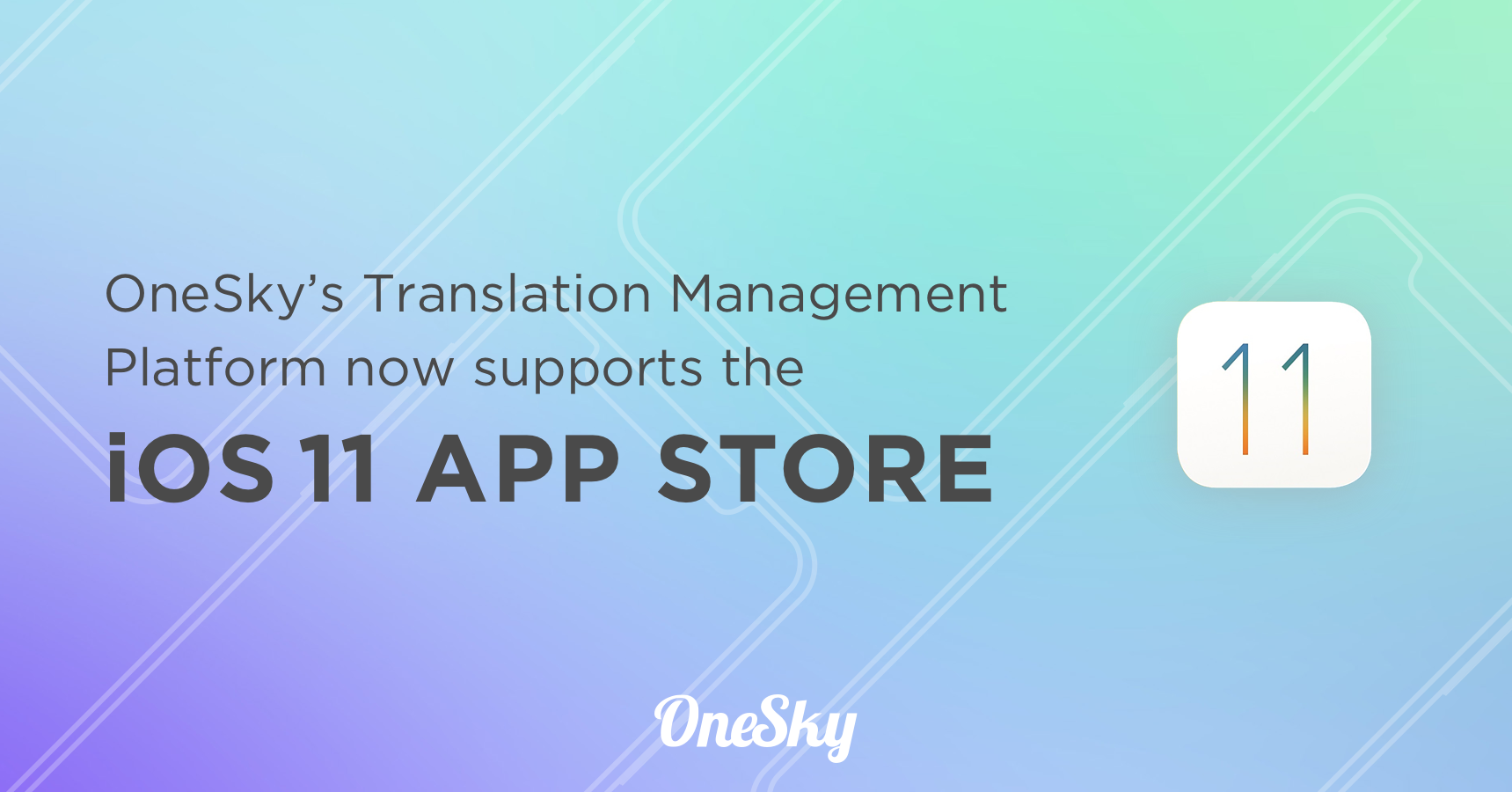
 Written by
Written by 
